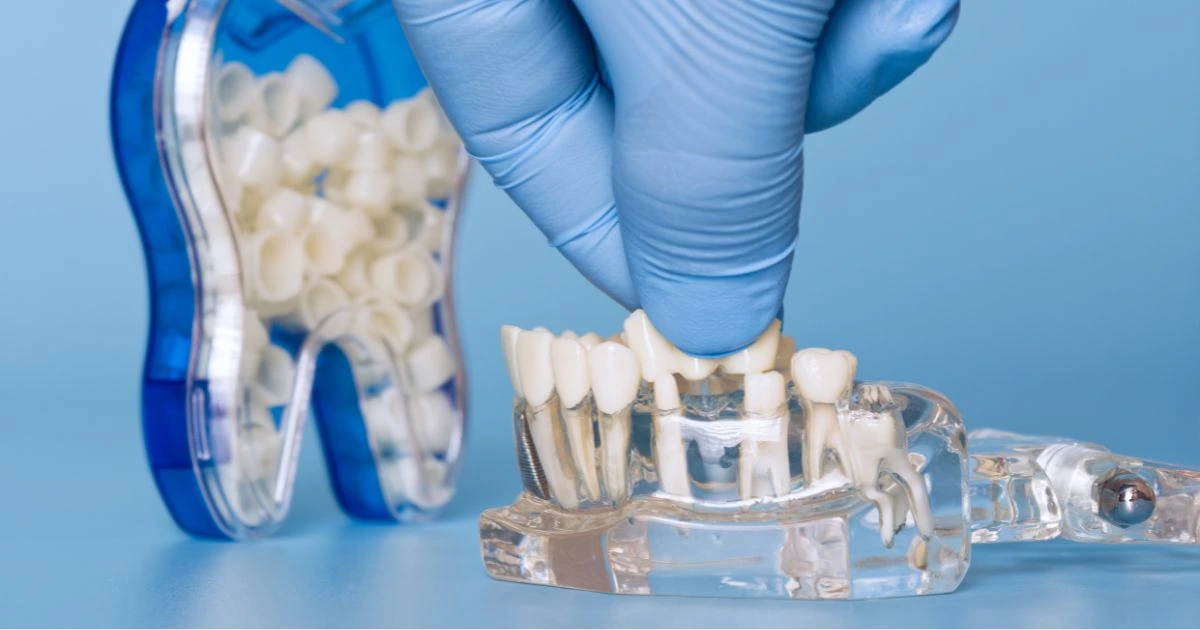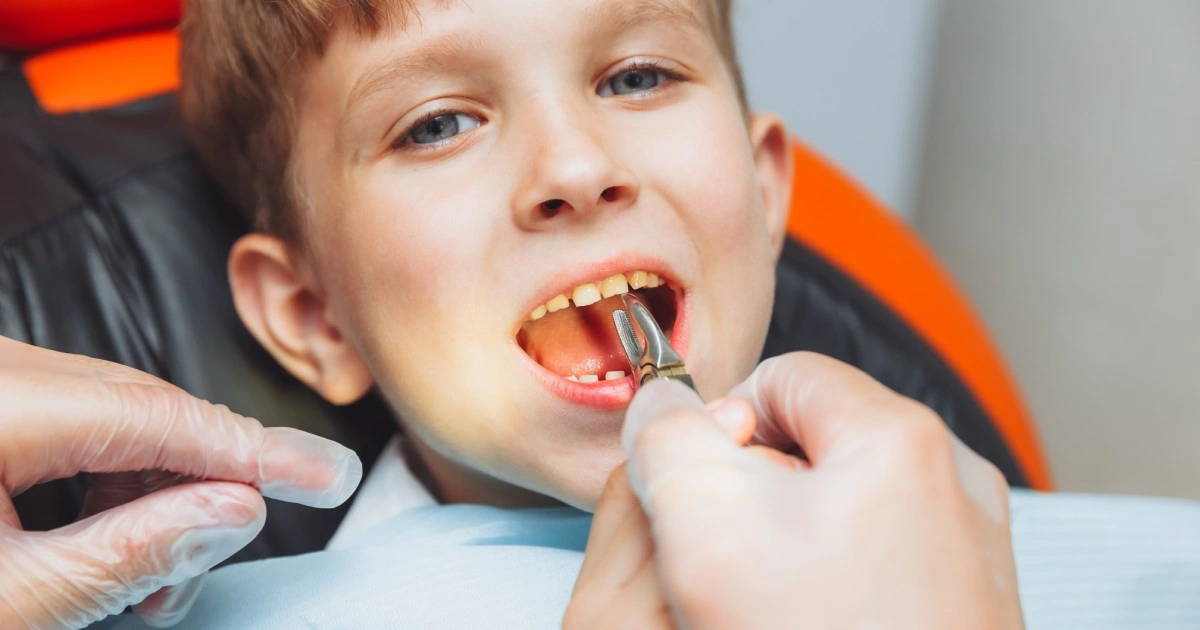The smile of a child is important to everyone: the child, their parents, and us at Solomon Kids Dentistry. Ensuring a child’s dental health is a top priority, and one of the most effective ways to maintain it is through dental fillings. This blog will explore the differences between dental fillings, their benefits for kids, and how they contribute to healthier teeth.
Understanding Dental Fillings
Dental fillings restore function, integrity, and morphology to missing tooth structures. They are typically used to fill cavities caused by tooth decay, repair cracked or broken teeth, and restore teeth worn down from misuse. Different types of dental fillings have different properties and benefits.
Types of Dental Fillings
There are several types of dental fillings, including:
- Amalgam Fillings: These are made from a mixture of metals, including silver, mercury, tin, and copper. They are known for their durability and strength, making them suitable for molars where the chewing load is high.
- Composite Resin Fillings: These are tooth-colored fillings made from fine glass and plastic particles. They are highly favored for their aesthetic appeal as they blend seamlessly with the natural color of the teeth.
- Glass Ionomer Fillings: Made from a combination of acrylic and a specific type of glass, these fillings release fluoride, which can help protect the teeth from further decay.
- Ceramic Fillings: These are made from porcelain and are known for their durability and natural appearance. Compared to composite resin fillings, they are more resistant to staining.
- Gold Fillings: Made from gold alloys, these fillings are durable and can last for many years. However, they are more expensive and are not commonly used in children’s dentistry.
Dental Fillings for Kids: Why Composite Resin?
At Solomon Kids Dentistry, we often use tooth-colored filling materials to restore a child’s smile. Composite resin is used for the work, making it virtually undetectable. Here’s why we prefer composite resin for our young patients:
- Durability: Composite resin is more durable than other dental filling materials, making it an excellent choice for active children who might be prone to dental injuries.
- Less Toothwork: Compared to metal fillings, composite resin requires less work on the tooth. This means more natural tooth structure is preserved, crucial for a child’s growing teeth.
- Aesthetic Appeal: Composite resin’s translucent appearance makes teeth look healthier and sparkle, which is important for a child’s confidence and self-esteem.
The Benefits of Dental Fillings for Kids
The use of dental fillings in children offers numerous benefits, including:
- Preventing Further Decay: Dental fillings seal the cavities so bacteria cannot enter and cause further decay. The health of the child’s mouth depends on this.
- Restoring Functionality: By filling the cavities, dental fillings allow the child to chew and speak properly.
- Enhancing Appearance: Tooth-colored fillings like composite resin blend with natural teeth, making them almost invisible. This is particularly beneficial for children who might feel self-conscious about their appearance.
- Maintaining Alignment: Filling cavities prevents the surrounding teeth from shifting, which can lead to the need for orthodontic treatments later on.
- Promoting Oral Health: By addressing dental issues early, fillings help promote better oral hygiene and encourage children to maintain good dental habits.
Preparing Your Child for a Dental Visit
When preparing your child for a dental visit, it is important to create a positive and reassuring environment. Avoid using “scary” words like “shot,” “needle,” or “pulling teeth out,” as these can frighten children and make the procedure more challenging. Instead, use calm and friendly language to explain the process. For example, you can say that the dentist will “clean” or “fix” their teeth to make them strong and healthy.
Baby Teeth vs. Permanent Teeth
At Solomon Kids Dentistry, we treat both baby and permanent teeth with composite resin. Caring for baby teeth just as much as permanent ones is important because they play a vital role in a child’s development. Baby teeth:
- Help with Chewing and Nutrition: Healthy teeth are essential for chewing food properly, which is crucial for good nutrition.
- Aid in Speech Development: Teeth are important for forming sounds and developing clear speech.
- Maintain Space for Permanent Teeth: Baby teeth hold space for permanent teeth, guiding them into the correct position.
Fissure Sealants for Extra Protection
In addition to dental fillings, fissure sealants can be used on children’s permanent molars to provide extra protection. Fissure sealants are thin, protective coatings applied to the chewing surfaces of the back teeth. They act as a barrier, protecting the teeth from decay-causing bacteria and food particles. Sealants are especially effective for children because the chewing surfaces of the molars have grooves that are difficult to clean thoroughly with a toothbrush.
Conclusion: Choosing the Best Dental Filling for Your Child
Dental fillings play a crucial role in maintaining your child’s dental health. At Solomon Kids Dentistry, we prioritize using composite resin fillings for their durability, minimal invasiveness, and aesthetic appeal. By choosing the right type of dental filling and positively preparing your child for their dental visit, you can ensure their teeth remain healthy and strong.
Dental fillings for kids restore the function and appearance of their teeth and promote better oral health habits that can last a lifetime. If you have any concerns or questions about your child’s dental health, our team at Solomon Kids Dentistry is here to help. We are committed to providing the best care possible to keep your child’s smile bright and healthy.





